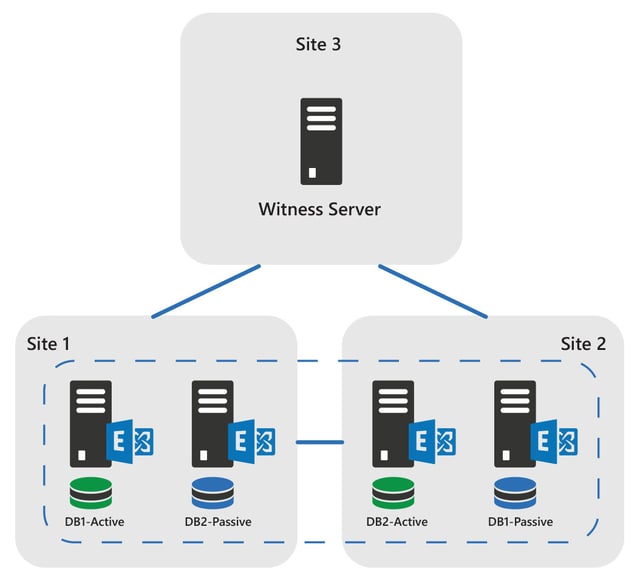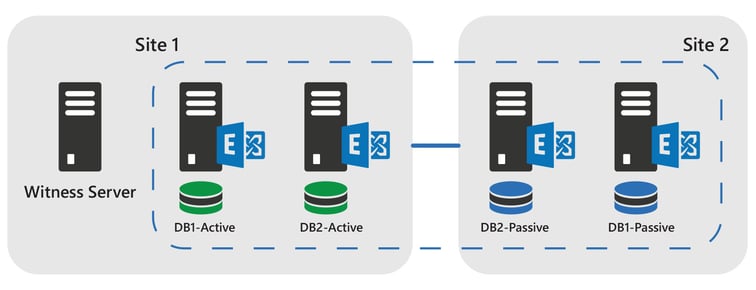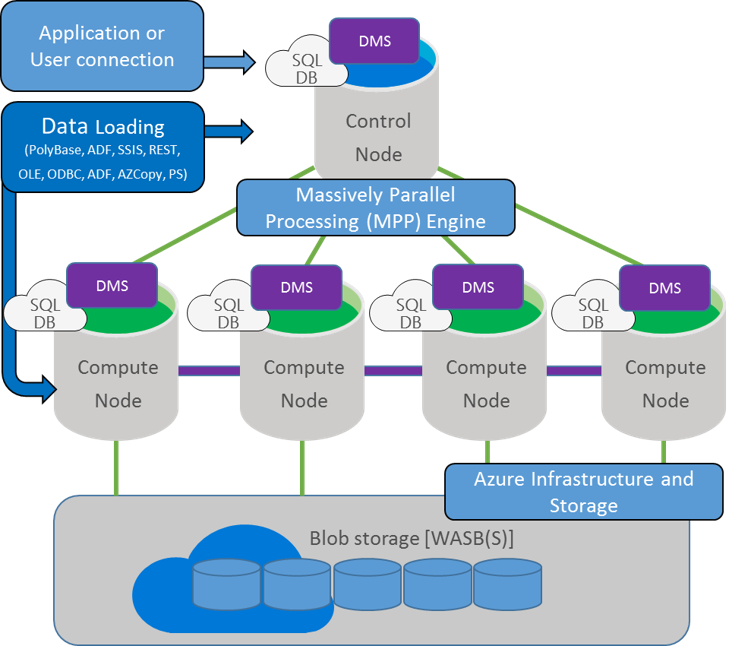
In today's fast-paced business landscape, staying ahead of the competition requires efficient and effective solutions. According to Microsoft’s Work Trend Index, nearly 70% of employee report that they don’t have sufficient time in the day to focus on “work”, with more time being spent Communicating than Creating.
Microsoft 365 Copilot is designed, with Microsoft’s cloud trust platform at its core, to allow for employees to both be more productive, reduce the time spent searching for information, performing mundane tasks, and other low-value activities.
What is an Active/Active datacenter?
An Active/Active datacenter is Microsoft’s Preferred Architecture (PA) for both Exchange 2016 and 2013.

So what does Active Active really mean?
An Active/Active datacenter within Exchange is when you have Exchange servers deployed to multiple sites with an equal number of servers in each site. The Exchange servers from both sites are added as members of a Database Availability Group (DAG), each holding active databases. (see Figure 1).
User mailboxes are spread out evenly across both datacenters and at any given time users can establish a connection to either site as there is not a primary and secondary datacenter, both are essentially primary.
Figure 1.

 In order to deploy Exchange in an Active/Active configuration, you are required to have a third site available. Although each site must have their own DC/GC's in place, this third site will not need to have Exchange servers deployed to it, but instead, will be the location for the witness server. Placing the witness server in a third site allows either datacenter to contact the witness server for quorum arbitration in the event one of the datacenters is lost and provides the DAG with the ability to automatically perform datacenter failovers. This means you would also need to have physically separate networks between the two datacenters hosting Exchange and the site containing the witness server. (see Figure 1).
In order to deploy Exchange in an Active/Active configuration, you are required to have a third site available. Although each site must have their own DC/GC's in place, this third site will not need to have Exchange servers deployed to it, but instead, will be the location for the witness server. Placing the witness server in a third site allows either datacenter to contact the witness server for quorum arbitration in the event one of the datacenters is lost and provides the DAG with the ability to automatically perform datacenter failovers. This means you would also need to have physically separate networks between the two datacenters hosting Exchange and the site containing the witness server. (see Figure 1).
An Active/Active datacenter differs from the more commonly deployed Active/Passive datacenter. In an Active/Passive datacenter you would have one datacenter hosting the active databases and setup as your primary ingress/egress point for client access and mail flow, then a second datacenter hosting passive database copies. (see Figure 2). In the Active/Passive scenario, a third site, and separate networks are not required but losing a primary datacenter which is also hosting your witness server would require manual intervention to failover.
Figure 2.

 Every business needs a Disaster Recovery Plan KiZAN can help.
Every business needs a Disaster Recovery Plan KiZAN can help.
Check out all our Disaster Recovery resources
Schedule a Free Disaster Recovery Discovery Session today!




.png)
